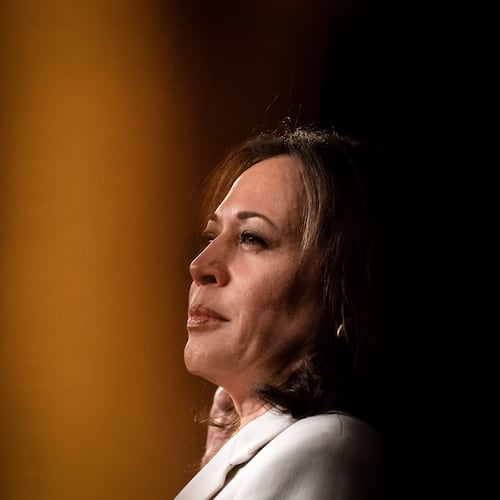Stacey Abrams focused her campaign’s closing TV ad on an economic message that promised Georgia was on the cusp of a “moment to move forward” with her plans to tap the state’s surplus to expand Medicaid, boost affordable housing and raise teacher salaries.
The 30-second spot included no mention of the abortion restrictions signed by Gov. Brian Kemp that she’s assailed in other TV ads. And it made only passing reference to the pro-gun Republican policies she’s pledged to roll back if she’s elected. TV messages focusing on those issues are still inundating the airwaves.
Instead, the Democrat’s newest ad accused Kemp of catering to “the wealthiest of Georgians” before pivoting to an upbeat message that aims to address worries about the shaky economy and decades-high inflation that voters repeatedly say is their paramount concern.
“Stacey Abrams is looking out for every Georgian. She’ll invest our $6 billion surplus in the fundamentals: Education, health care, housing. And a good living,” the narrator says. “Putting more money in your pocket to build one Georgia where everyone has the freedom to thrive.”
Abrams has vowed to use the surplus to push “generational” changes that include a $1 billion tax refund, vows to hike law enforcement and teacher pay, and add an estimated 600,000 Georgians to the Medicaid rolls.
Kemp, who leads in recent polls, counters that her plans are too costly and would force state officials to raise taxes to sustain them. He proposes using the surplus to finance two tax breaks that amount to a roughly $2 billion refund.
About the Author
The Latest
Featured



